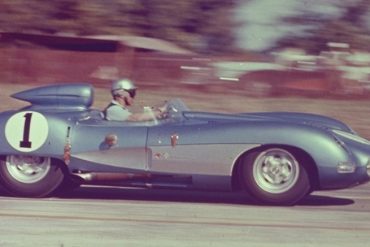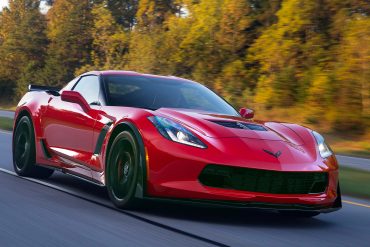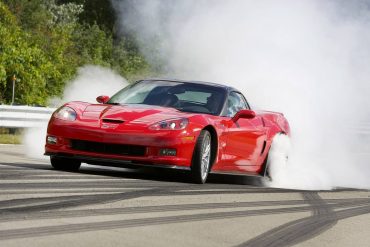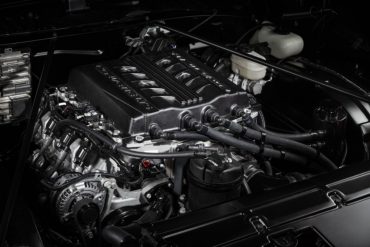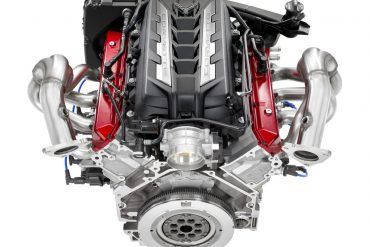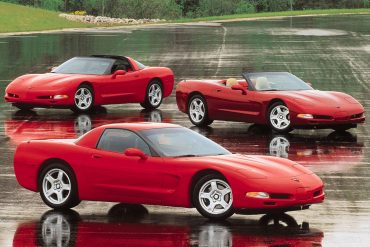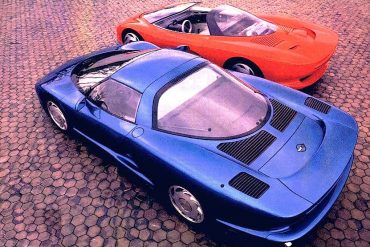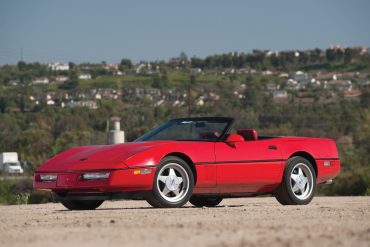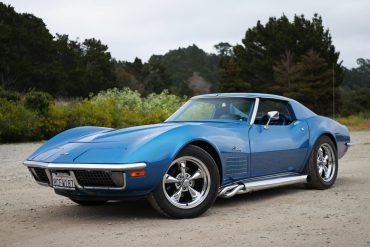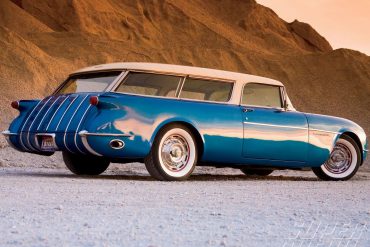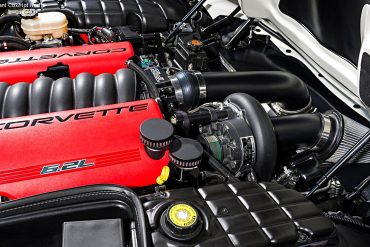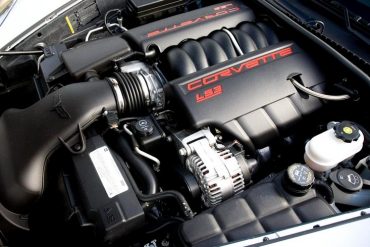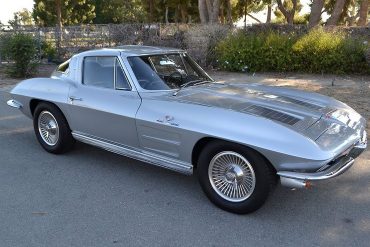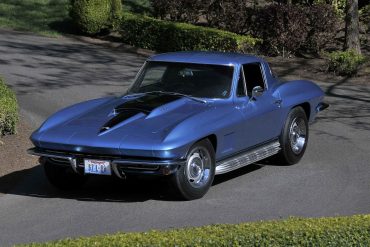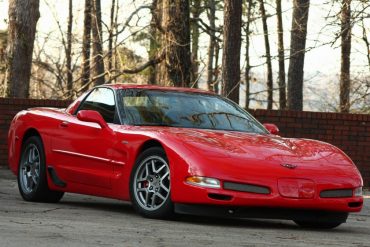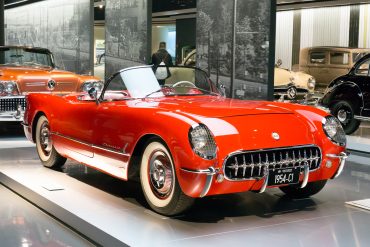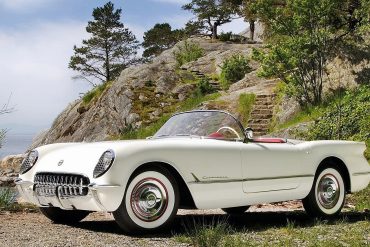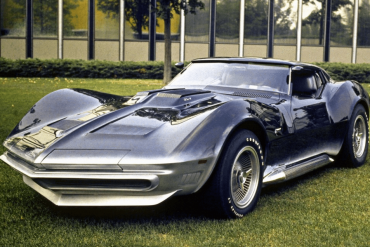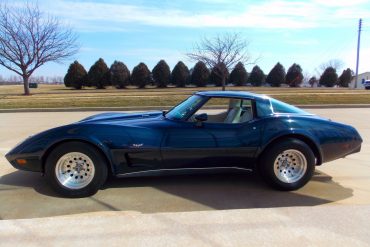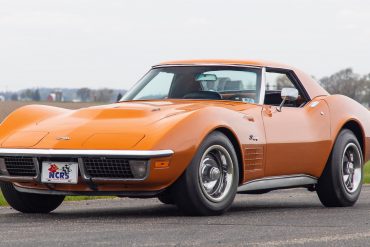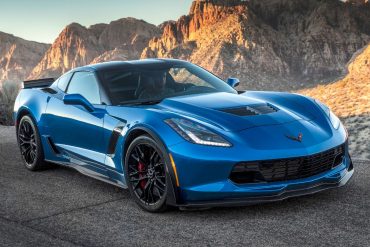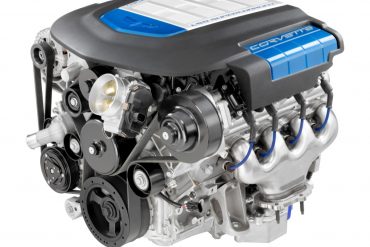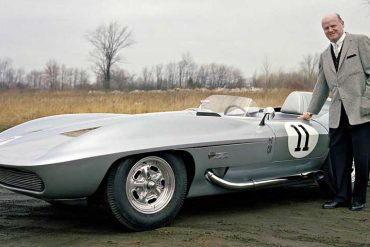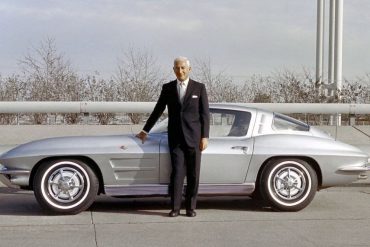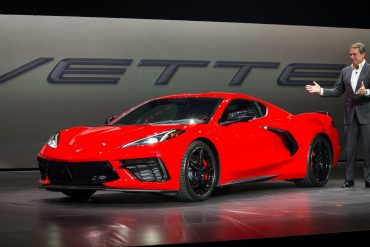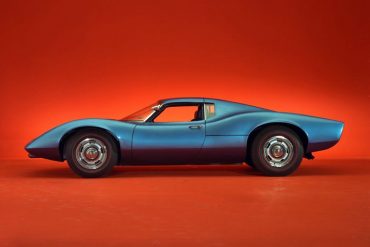The Corvette SS began life as an experimental race car, and was unveiled to the public at the 12 Hours of Sebring endurance race on March 23, 1957. The SS was in training for Chevrolet's debut at LeMans that year. The Sebring race was, in many ways, Chevrolet's inauguration into modern racing. But the SS never finished the race, much to the dismay of the racing community.
JoinedNovember 1, 2019
Articles122
Josh Boyd is an ASE certified, career automotive technician with an intense passion for all things mechanical in nature. He resides with his wife and children in Bowling Green, Kentucky, the home of the Corvette. His research-heavy posts have tons of detail. Whenever Josh does not have a wrench in his hand, he can be found in the woods or on the water enjoying the great outdoors.
The Most Notable & Exciting 2010s Corvettes As we now look back upon nearly 70 years worth of Corvette production,...
The Most Notable & Exciting 2000s Corvettes The Corvette is, and has always been, America’s sports car. With the passing...
At the heart of the ZR1 Corvette resides the supercharged 6.2L LT5. GM’s engineering department was also tasked with producing the ZR1’s engine, which would have to perform at a higher level than that of the Z06’s supercharged LT4 small-block. The 755 HP supercharged LT5 would elevate the Corvette’s performance to a level never before achieved.
With the C8’s transition to a mid-engine format already greenlighted, GM’s engineering department got down to the business of coming up with an equally groundbreaking engine to power the Corvette’s incoming eighth iteration. The LT2, in its current state, is nothing short of immensely powerful, with 495 HP at 6450 RPM, and 470 lb-ft of torque at 5150 RPM.
The Corvette’s fourth generation came to a close, and the newly refined C5 debuted to much anticipation. The following are the 3 most notable Corvettes produced during the 1990s.
Throughout its tenure, the Corvette has been the recipient of numerous redevelopments and reconfigurations. As such, the iconic American sports...
The Most Notable & Exciting 1980s Corvettes For nearly seven decades now, the Corvette has remained front and center, standing...
The Most Notable & Exciting 1970s Corvettes The Corvette has now spent nearly 70 years in the limelight, enduring 8...
Carl Renner was responsible for the Nomad which was essentially a Corvette built with an extended station wagon roof. This meant the Corvette shared its lightweight fiberglass body, ‘Blue Flame’ inline-6 engine and curvaceous styling with the Nomad.
The LS6, which served as the motivating force behind the 2001-2004 Corvette Z06, bested the prior LS1 in virtually every facet of performance and proved formidable, both on the track and street. Perhaps more importantly, this engine provided a glimpse into the LS platform’s future, and its ability to constantly evolve.
Upon the LS3’s release in 2007, this trend toward continual technological advancement was clearly evident. As the new power plant for the standard 2008 Corvette, the LS3 provided consumers with exactly what they had been craving, unsurpassed performance. With every reiteration, the LS small-block has become more powerful, efficient, and robust.
While the names Zora Arkus-Duntov, Bill Mitchell, and Larry Shinoda are synonymous with all areas of Corvette design and development,...
The Most Notable & Exciting 1960s Corvettes As one reflects back upon the Corvette’s storied run of production, which now...
In the world of collectible Corvettes, every fine detail carries weight, including that of the specific paint code that is...
The Most Notable & Exciting 1950s Corvettes Production of America’s sports car has now been running strong for nearly 70...
The Corvette’s 60-plus years of production has been quite storied, to say the least. From nearly being written off only...
Though his tenure did not last nearly as long as that of Bill Mitchell or Zora-Arkus Duntov, few can deny...
Those that seek to get their regular fix of all things Corvette, whenever and however possible, have a new outlet...
Finally in 1971, both the ZR1 and ZR2 packages were offered side by side as initially intended. The solid lifter, 350 cubic-inch LT-1 found under the hood of the ZR1 featured a ‘178’ high-performance camshaft and a 780 CFM Holley four-barrel carburetor, which resided atop a specialized aluminum intake. The LT-1 featured a reduced compression ratio of 9.0:1 for the 1971 production year, relative to 11.0:1 specified the year prior.
From the earliest days of the C7 Corvette’s development, GM made it clear that they intended to turn out a...
Corvette Performance: Ranking Every Corvette by Their Quarter Mile Acceleration Times CorvSport has always been the number one resource for...
Corvette Performance: Ranking Every Corvette by Their Quarter Mile Acceleration Times CorvSport has always been the number one resource for...
America’s Sports Car Wasn’t Always Fast. Meet The Least Powerful & Slowest Corvettes Ever The Corvette is synonymous with speed,...
It seems as if much has been publicized in recent years regarding the rarest of Corvettes, which are steeped in nostalgia due to their scarcity. However, seldom is the story told of particular model years where production has peaked, and sales have flourished. Although these less than rare Corvettes are abundant in number, they carry their own legacy, just the same.
Most would agree that the Corvette’s no holds barred approach to performance excellence is high up on the list of...
One need not look far to see the influences of Bill Mitchell on any number of Corvettes throughout the decades....
Who Was Zora Arkus-Duntov? Though it is certainly difficult to imagine today, some 65 years ago, the Corvette was well...
Most Expensive Corvettes Ever Sold Corvette collectors are known to be a serious bunch of folks. When a vintage or...
Those who are familiar with the history of the Corvette, and Chevrolet in general, know that it is filled with...


